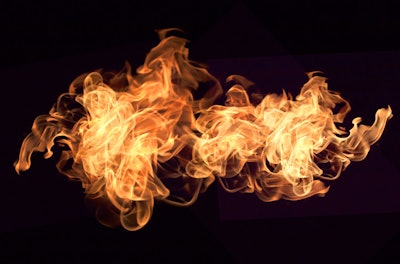
Using air sampling in poultry processing environments could cut through the haze of smoke, steam, dust and particulates to improve fire detection.
“In poultry processing plants, airborne dust and particles may be present which can confuse some systems that incorrectly register them as smoke,” Khaleel Rehman, director of development for the advanced detection team at Honeywell, said.
“The sensitivity of fire detection equipment can be fine-tuned to reliably distinguish between smoke from an actual fire and other factors regularly found in the background air. This not only increases the safety of personnel but also protects the plant, production equipment, inventory and other assets while facilitating fire safety compliance.
Challenges of fire detection
Fires in poultry processing plants can occur for several reasons, including equipment failure, electrical malfunction or the combustion of animal fats, oils and other flammable materials, and often result in lengthy production downtime and expensive property damage.
Unfortunately, most poultry processing plants cannot use traditional smoke detectors. These facilities are tough environments that produce a lot of airborne particulates during processing and sanitation that can cause smoke detectors to fail, alarm excessively or require excessive maintenance.
“The challenge is to quickly and accurately distinguish between smoke from an actual fire and the typical airborne particulates in the background during meat processing,” Rehman explained.
How it works
With a fire detection system that uses air sampling, a piping network draws in air to a central location. This helps improve smoke detector reliability and reduces potential contamination.
The technology prevents nuisance alarms by periodically taking a reference reading of clean air introduced into the detection system. The reading is offset against any confounding factors present in the environment to ensure that smoke detection is consistent for the environment.
















